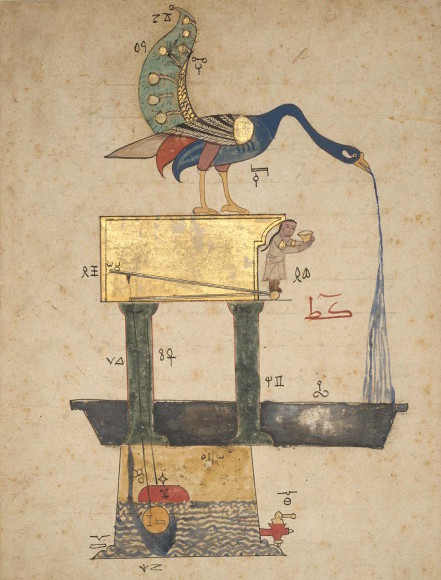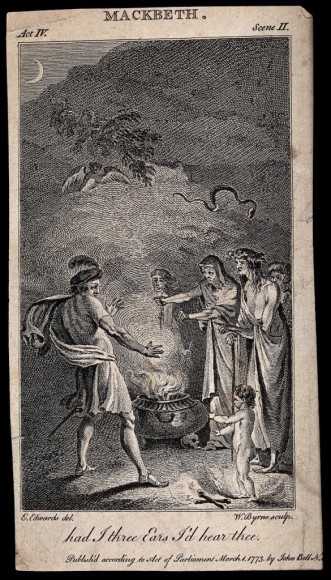Zombie Apocalypse Now
What could possibly go wrong?
From IFLS,
“A biotech company in the U.S. has been granted ethical permission by an Institutional Review Board in the U.S. and India to use 20 brain-dead patients for what is sure to be a highly controversial study: From next year, they plan to stimulate their nervous systems in order to restart the brains. Bioquark is hoping that its part in the groundbreaking ReAnima project will reveal if people can at least partly be brought back from the dead.
It is important to note that at this point, there isn’t much evidence to suggest how genuinely realistic or even serious this endeavor is; however, the panel of experts working on the initiative does include Dr. Calixto Machado, a well-known neurological researcher and a member of the American Academy of Neurology who has written extensively on brain death.
The team will test a combination of therapies on the participants, who have been medically certified as being brain dead and are only kept from decomposing by life support machines. Injecting the brain with stem cells, giving the spinal cord infusions of beneficial chemicals, and nerve stimulation techniques – which have been shown to bring people out of comas – will all be tried out…”
For the rest, click here.
Share



